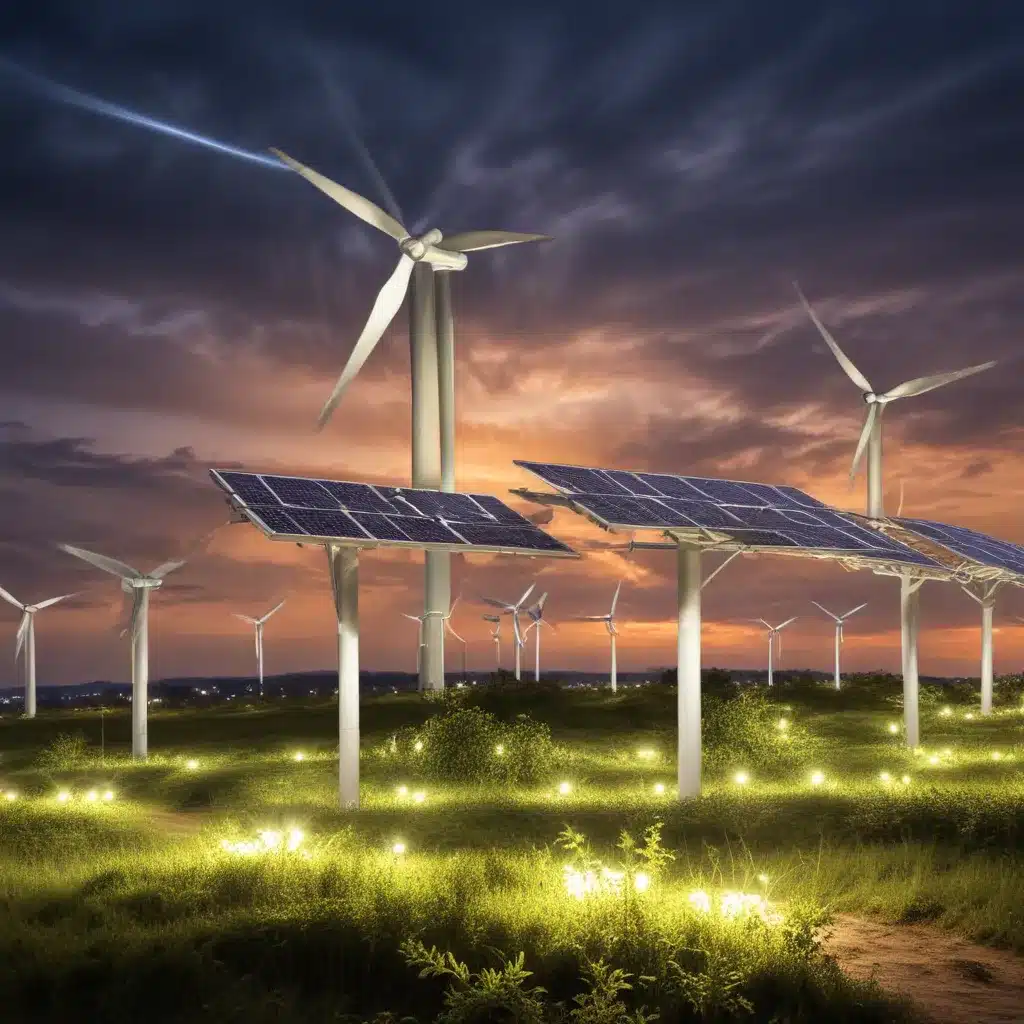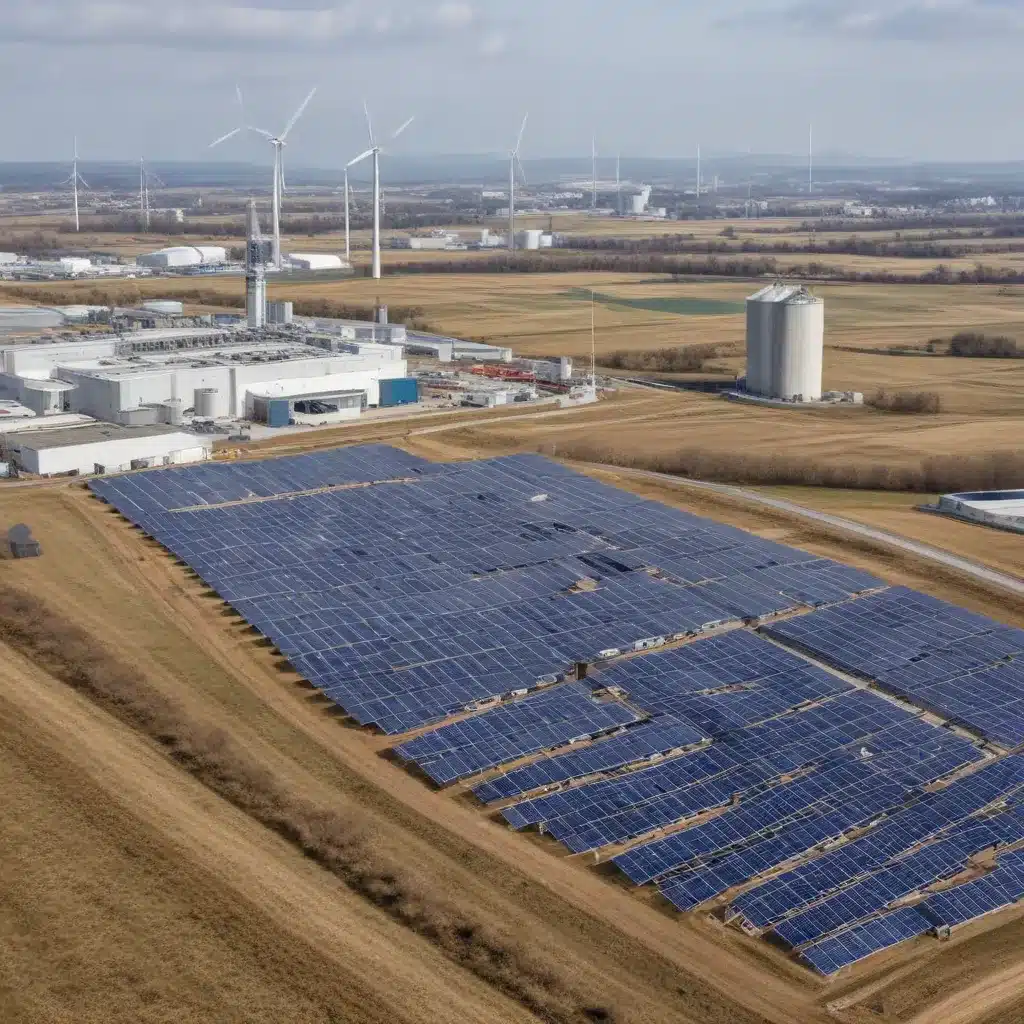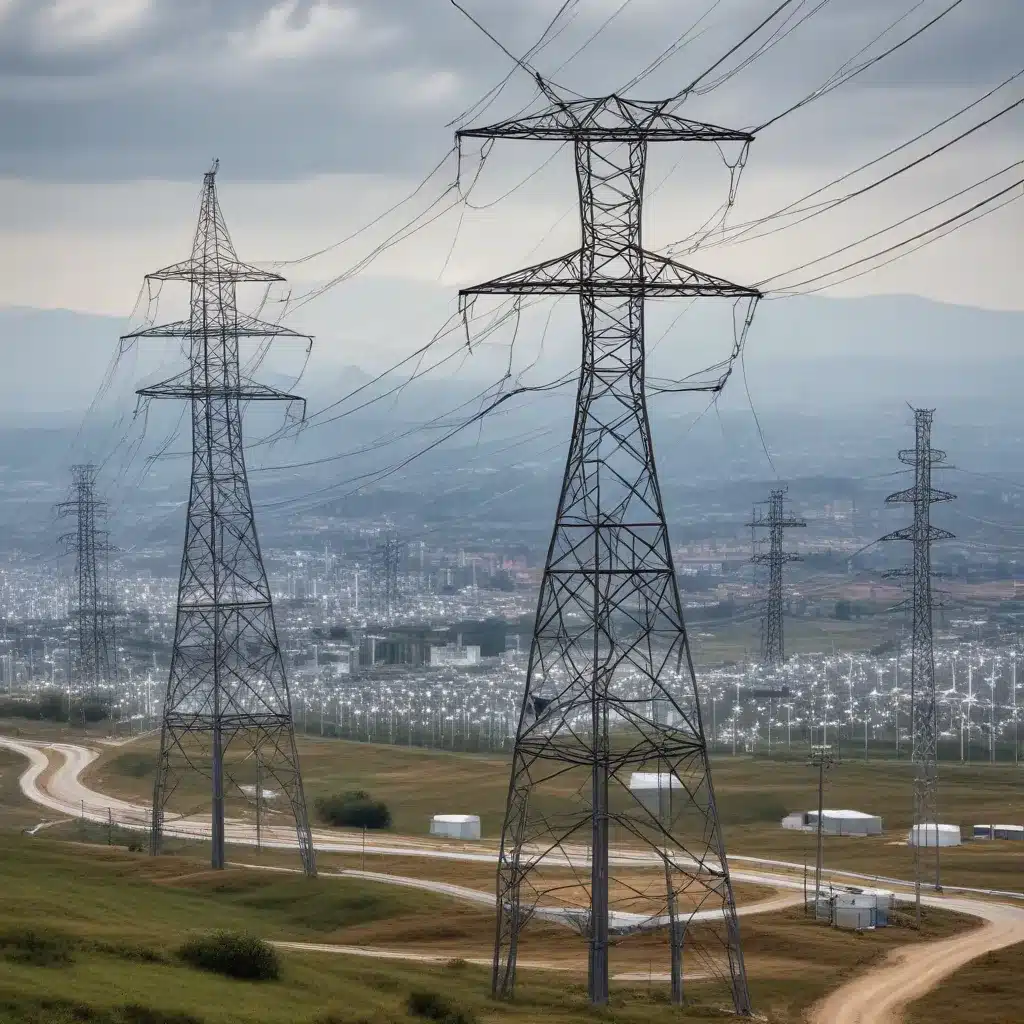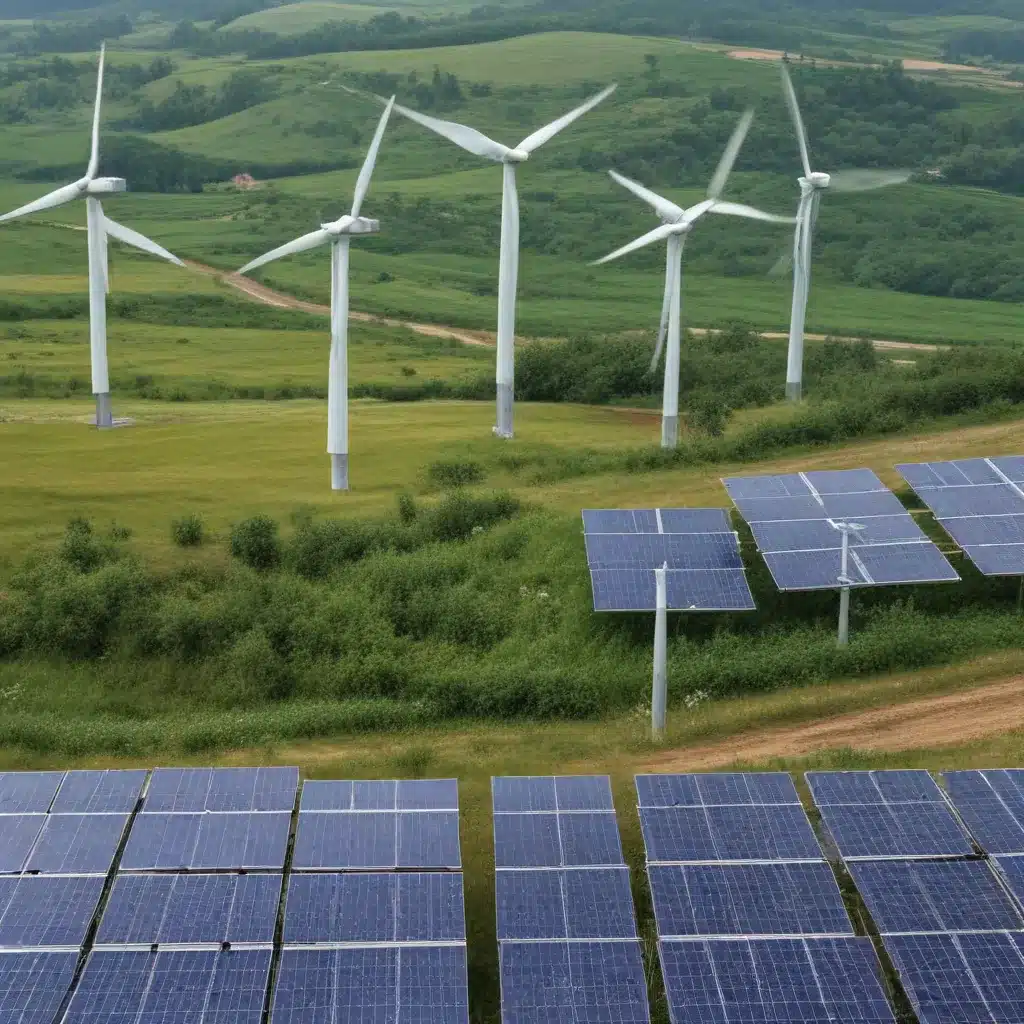Nuclear energy is a reliable and efficient source of power, but it comes with a crucial drawback: radioactive waste. The nuclear waste that results from power generation poses significant environmental and health risks, and its safe disposal is a challenge that requires innovative solutions. In this article, we will explore the challenges of nuclear energy waste management and the solutions and innovations that are emerging to address them.
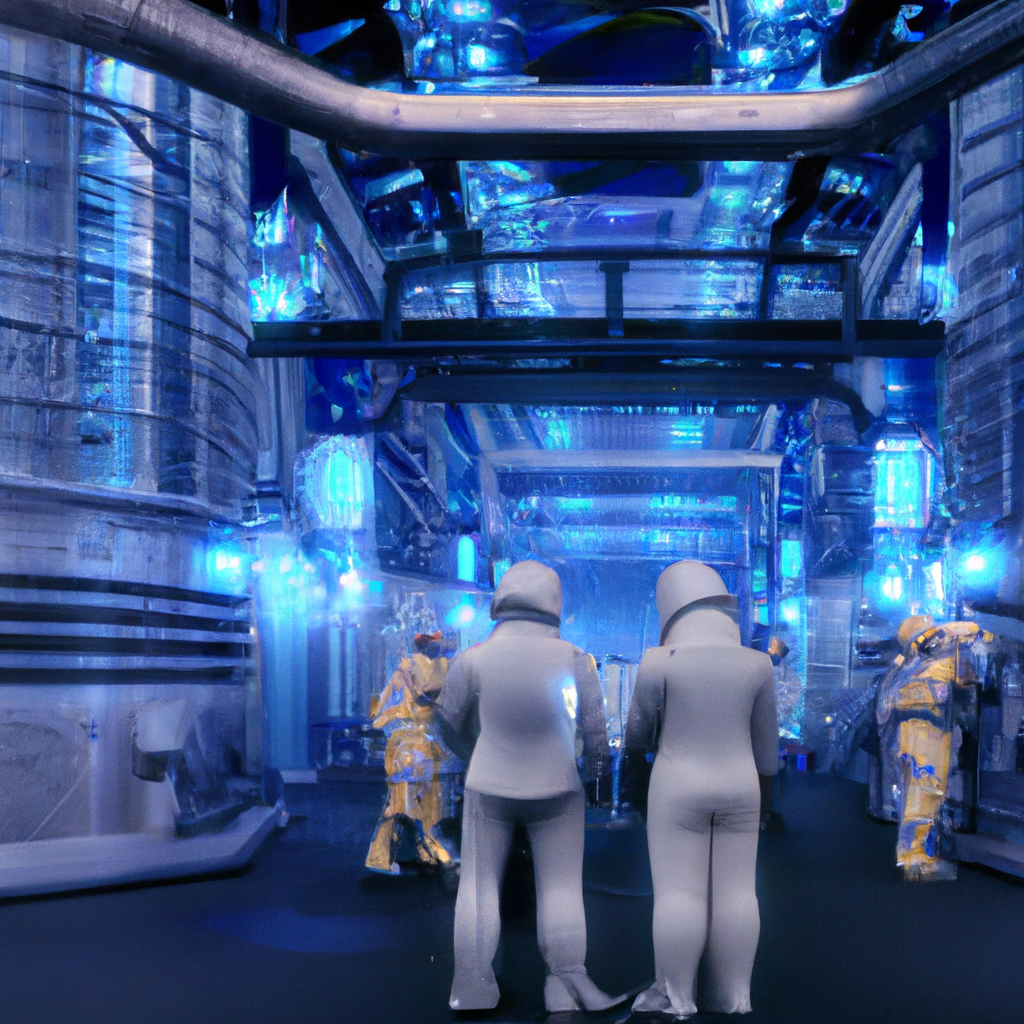
The Risks of Nuclear Energy Waste
Nuclear waste is hazardous to human health and the environment. It contains radioactive isotopes that emit high levels of ionizing radiation. Exposure to ionizing radiation can cause cancer, genetic mutations, and other diseases. It can also harm the environment and wildlife, contaminating soil, water, and air.
The risks associated with nuclear waste depend on its type and the level of radioactivity. Low-level waste, such as contaminated clothing and tools, can be safely disposed of in landfills. However, high-level waste, such as spent fuel rods, remains radioactive for thousands of years and requires special handling and storage.
Current Methods of Nuclear Waste Management
Nuclear waste management involves the collection, transportation, storage, and disposal of radioactive waste. The current methods of nuclear waste management include:
On-Site Storage
On-site storage is the temporary storage of nuclear waste at the sites where it is generated. This method is used for both low-level and high-level waste. The waste is stored in specially designed containers and facilities until it can be transported to a permanent disposal site.
Deep Geological Repositories
Deep geological repositories are underground facilities designed to store high-level nuclear waste. The waste is stored in containers that are placed in tunnels drilled into rock formations deep underground. The natural geological barriers provide isolation and containment of the waste.
Reprocessing
Reprocessing is a method of recycling spent nuclear fuel to extract useful materials and reduce the volume of waste. The process involves separating the plutonium and uranium from the waste and reusing them as fuel. Reprocessing can significantly reduce the amount of high-level waste that requires disposal.
Challenges in Nuclear Waste Management
Despite the current methods of nuclear waste management, there are several challenges that need to be addressed:
Public Perception
Public perception of nuclear energy and nuclear waste is a significant challenge. Many people are concerned about the safety and environmental risks associated with nuclear energy, and they fear the consequences of a nuclear accident or terrorist attack. This perception can make it difficult to site and operate nuclear facilities and can hinder the development of new technologies for nuclear waste management.
Transportation
Transportation of nuclear waste is a critical aspect of nuclear waste management. The waste must be transported safely and securely from the sites where it is generated to the storage and disposal facilities. This transportation can pose a risk of accidents or terrorist attacks, and it requires specialized equipment and security measures.
Storage and Disposal
Storage and disposal of nuclear waste require long-term solutions that can ensure the safety and isolation of the waste for thousands of years. The current methods of storage and disposal, such as deep geological repositories, are expensive and controversial, and they face opposition from local communities and environmental groups.
Innovation
Innovation is crucial for nuclear waste management. The development of new technologies and approaches can help to reduce the volume and radioactivity of nuclear waste, improve the safety and security of nuclear facilities, and enhance public confidence in nuclear energy.
Innovations in Nuclear Waste Management
In recent years, several innovations have emerged in nuclear waste management:
Nuclear Transmutation
Nuclear transmutation is a process that converts radioactive isotopes into stable or less hazardous isotopes. The process involves bombarding the radioactive isotopes with neutrons or other particles to change their atomic structure. Nuclear transmutation can significantly reduce the volume and radioactivity of nuclear waste, making it easier to handle and store.
Advanced Fuel Cycles
Advanced fuel cycles are a set of technologies that enable the recycling of nuclear fuel and the reduction of waste. The technologies include reprocessing, advanced reactor designs, and fast neutron reactors. Advanced fuel cycles can reduce the amount of waste that requires disposal and increase the efficiency of nuclear energy production.
Small Modular Reactors
Small modular reactors are a new type of nuclear reactor that is smaller and more flexible than traditional reactors. The reactors can be built in factories and transported to sites where they are needed. Small modular reactors can provide a reliable and flexible source of power while reducing the amount of waste that requires disposal.
Conclusion
Nuclear energy waste management is a complex and challenging issue that requires innovative solutions. The risks associated with nuclear waste are significant, and the current methods of nuclear waste management face several challenges. However, there are several innovations emerging that can help to address these challenges. Nuclear transmutation, advanced fuel cycles, and small modular reactors are just a few examples of the technologies that can improve nuclear waste management. With continued innovation and investment, nuclear energy can become a safer and more sustainable source of power.

